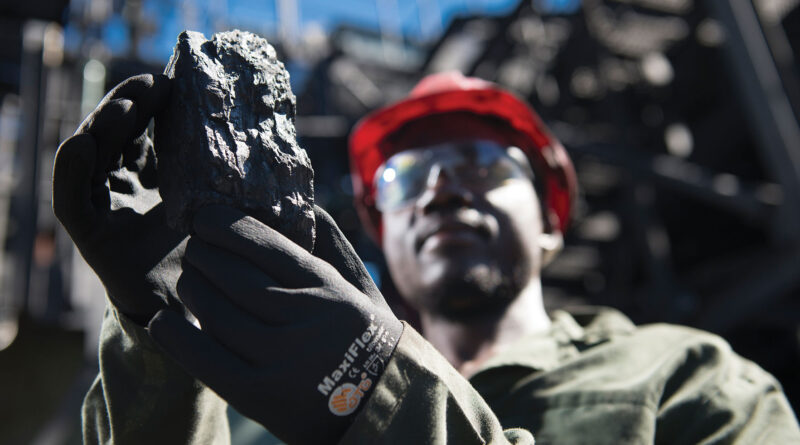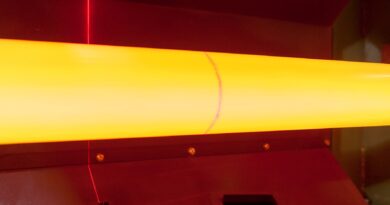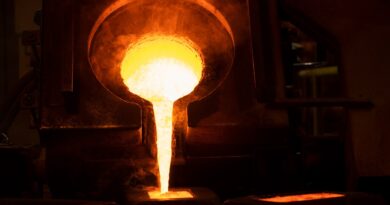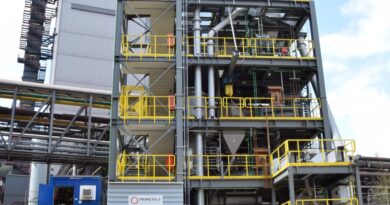All types of coal are not made the same
Coal is a sedimentary black or dark brown rock that varies in composition. Some types of coal burn hotter and cleaner, while others contain high moisture content and compounds that contribute to acid rain and other pollution when burned.
Coals of varying composition are used as a combustible fossil fuel for generating electricity and producing steel around the world. It has been the fastest growing energy source worldwide in the 21st century, according to the International Energy Agency (IEA).
Geological processes and decaying organic matter create coal over thousands of years. It’s mined from underground formations or seams, through underground tunnels, or by removing large areas of the Earth’s surface. The excavated coal must be cleaned, washed, and processed to prepare it for commercial use.
Types of Coal
Hard vs. Soft: Coal falls into two main categories: hard and soft. Soft coal is also known as brown coal or lignite. China produces more hard coal than any other country by a factor of about three. The whopping 3,162 million metric tons of hard coal produced by China dwarfs the output of the second and third-ranked producers—the U.S. at 932 million metric tons and India at 538 million metric tons.
Germany and Indonesia nearly tie for the top honours in the production of soft brown coal. These countries dug up 169 million and 163 million metric tons respectively.
Coking vs. Steam: Coking coal, also known as metallurgical coal, has low sulfur and phosphorus content and can withstand high heat. Coking coal is fed into ovens and subjected to oxygen-free pyrolysis, a process that heats the coal to approximately 1,100 degrees Celsius, and driving off any volatile compounds and impurities to leave pure carbon (and minor minerals – ash). The hot, purified, liquefied carbon solidifies into lumps called “coke” that can be fed into a blast furnace along with iron ore and limestone to produce steel.
Steam coal, also known as thermal coal, is suitable for electric power production. Steam coal is ground into a fine powder that burns quickly at high velocity burners and is used in power plants to heat water in boilers that run steam turbines. It also may be used to provide space heating for homes and businesses.
Energy in Coal
All types of coal contain fixed carbon, which provides stored energy and varying amounts of moisture, ash, volatile matter, mercury, and sulfur. Because the physical properties and coal quality vary widely, coal-fired power plants must be engineered to accommodate the specific properties of available feedstock and to reduce emissions of pollutants such as sulfur, mercury, and dioxins.
Coal releases thermal energy or heat when it is burned, along with carbon and ash. Ash is made up of minerals such as iron, aluminium, limestone, clay, and silica, as well as trace elements such as arsenic and chromium.
The stored energy potential within coal is described as the “calorific value,” “heating value,” or “heat content.” It’s measured in British thermal units (Btu) or millijoules per kilogram (MJ/kg). A Btu is the amount of heat that will warm approximately 0.12 U.S. gallons—a pound of water—by 1 degree Fahrenheit at sea level. MJ/kg represents the amount of energy stored in a kilogram. This is an expression of energy density for fuels measured by weight.
Comparisons and Ranking
The international standards organization ASTM (formerly American Society for Testing and Materials) has issued a ranking method for classifying grades of coal formed from biodegraded peat-based humic substances and organic material or vitrinite. The coal ranking is based on levels of geological metamorphosis, fixed carbon, and calorific value. It is known as ASTM D388–05 Standard Classification of Coals by Rank.
As a general rule, the harder the coal, the higher its energy value and rank. The comparative ranking of four different types of coal from the densest in carbon and energy to the least dense is as follows:
| Rank | Type of Coal | Calorific Value |
| #1 | Anthracite | 30 MJ/kg |
| #2 | Bituminous | 18.8–29.3 MJ/kg |
| #3 | Sub- Bituminous | 8.3–25 MJ/kg |
| #4 | Lignite (brown coal) | 5.5–14.3 MJ/kg |




